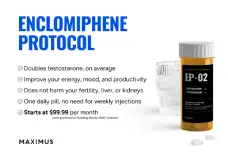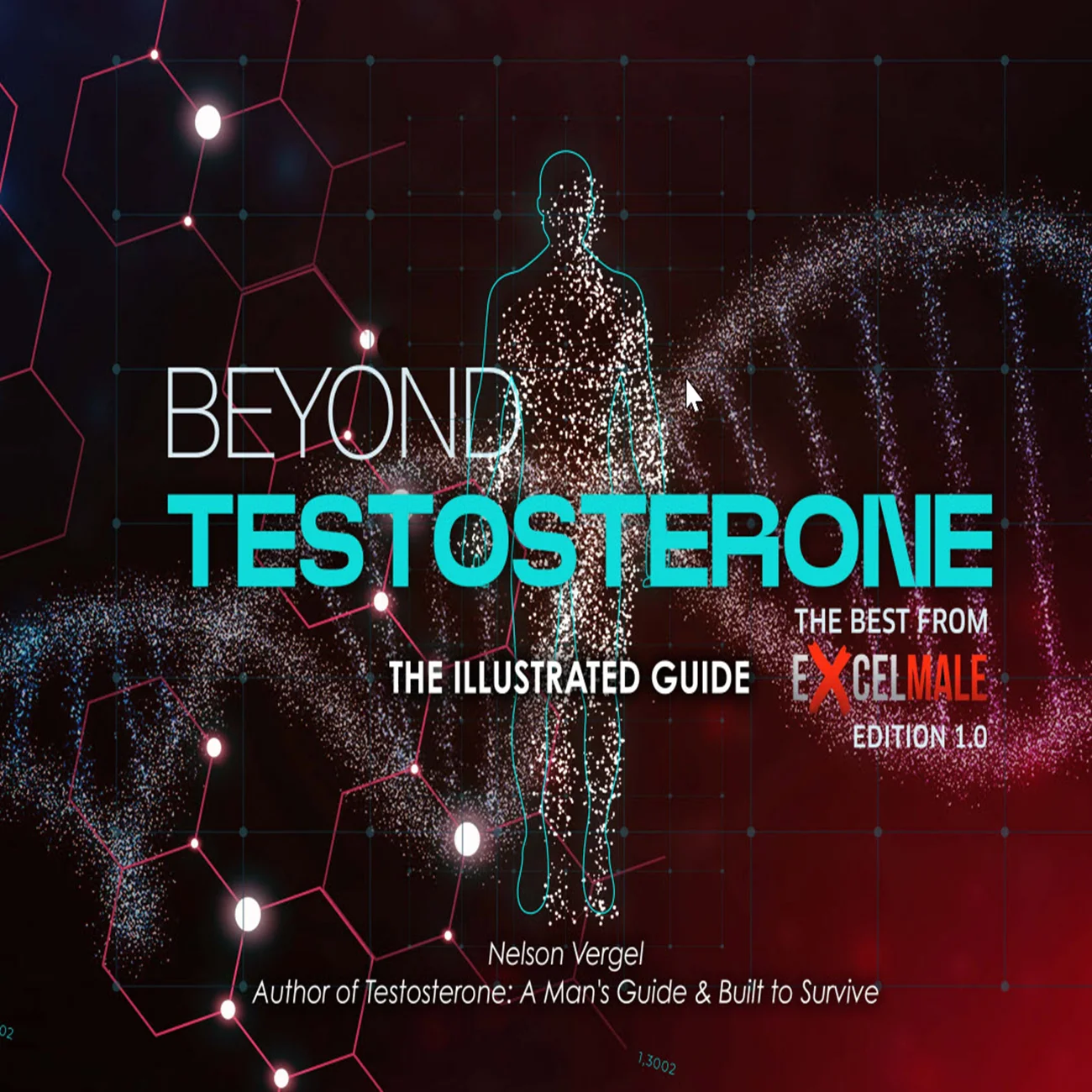mr.craig.smith
Member
I wish that I had started TRT on strictly SubQ so that I wouldn't have something to compare it to lol. From a clinical perspective, I understand why it is attractive; it achieves steady state testosterone levels within therapeutic levels. It appears it just doesn't "feel" as impactful for a lot of men, and the side by side comparison shows that it also doesn't achieve the same TT or FT levels compared to IM in many cases.As many of us have learned the hard way, the reality of subcutaneous injections is often quite different than the rosy picture painted by the studies.
I do not think subQ is "bad" or "worse". Just really shows that each person responds to injections differently, and subQ is a great way to approach injections for some people.












